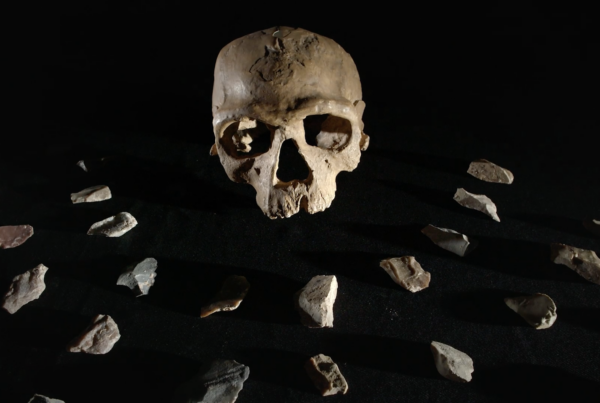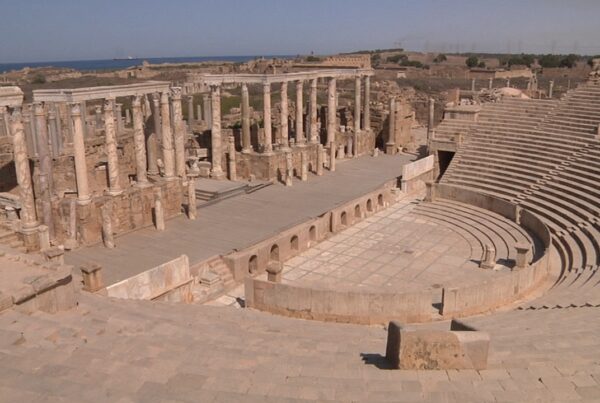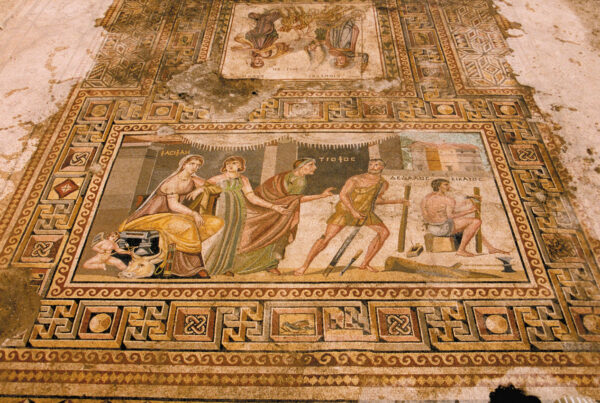The Hydraulis –or hydraulic organ– was the first musical instrument to use keys and it is considered to be the ancestor of the Church Organ. It was invented by Ctesibius, a famous engineer, who lived in Alexandria during the 3rd century B.C. The Hydraulis spread very rapidly through the Hellenistic and later the Roman world. Gradually the hydraulis mechanism was replaced by bellows and the Hydraulis joined the family of wind instruments. In this form it survived in the Eastern (Byzantine) empire and was used during specific ceremonies in the Sacred Palace and in the Hippodrome. In 757 the Emperor Constantine V sent one organ as a gift to Pepin the Short, king of Francs. The organ was embraced by the Catholic Church and gradually developed to the well known Church Organ. In 1992, during excavations at the ancient site of Dion, professor Dimitrios Pantermalis and his associates discovered the upper part of hydraulis dating from 1st century A.D. In 1995 the European Cultural Centre of Delphi with the support of the Hellenic Ministry of Culture initiated a research programme for the reconstruction of the Dion Hydraulis. The instrument –the best possible replica of ancient hydraulic organs and the Dion find– was completed in May 1999.
- Direction: MARIA HATZIMIHALI-PAPALIOU
- Production: EUROPEAN CULTURAL CENTRE OF DELPHI






